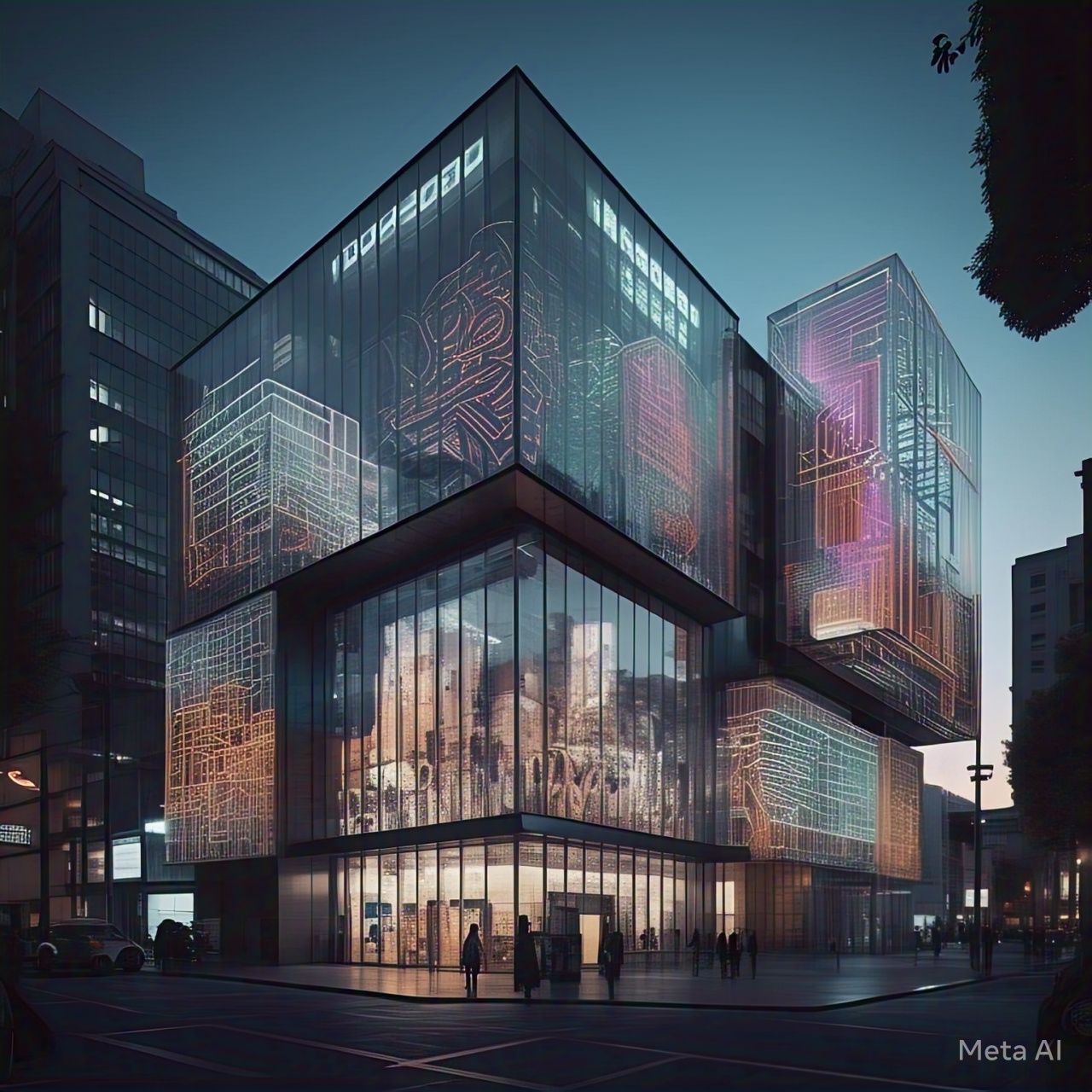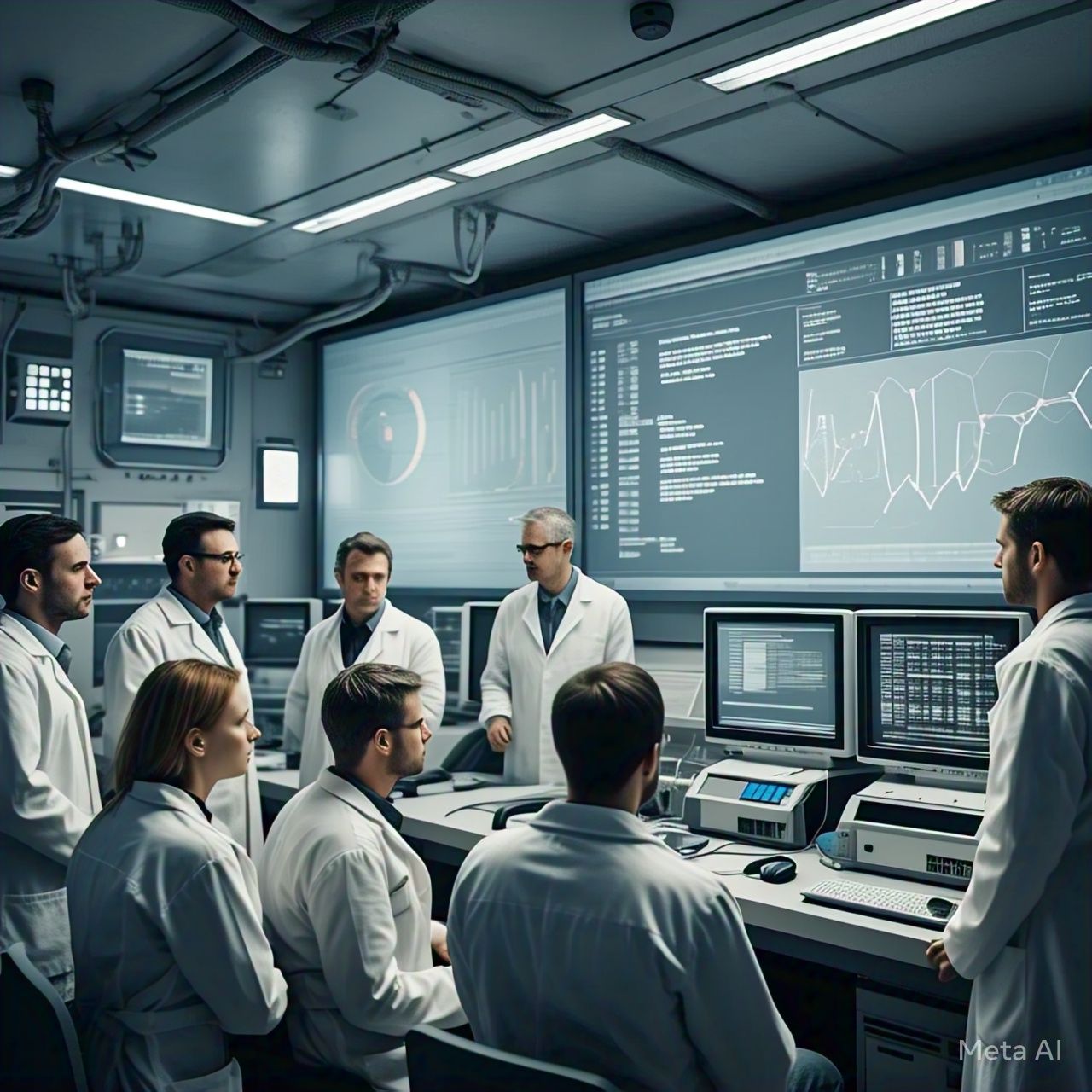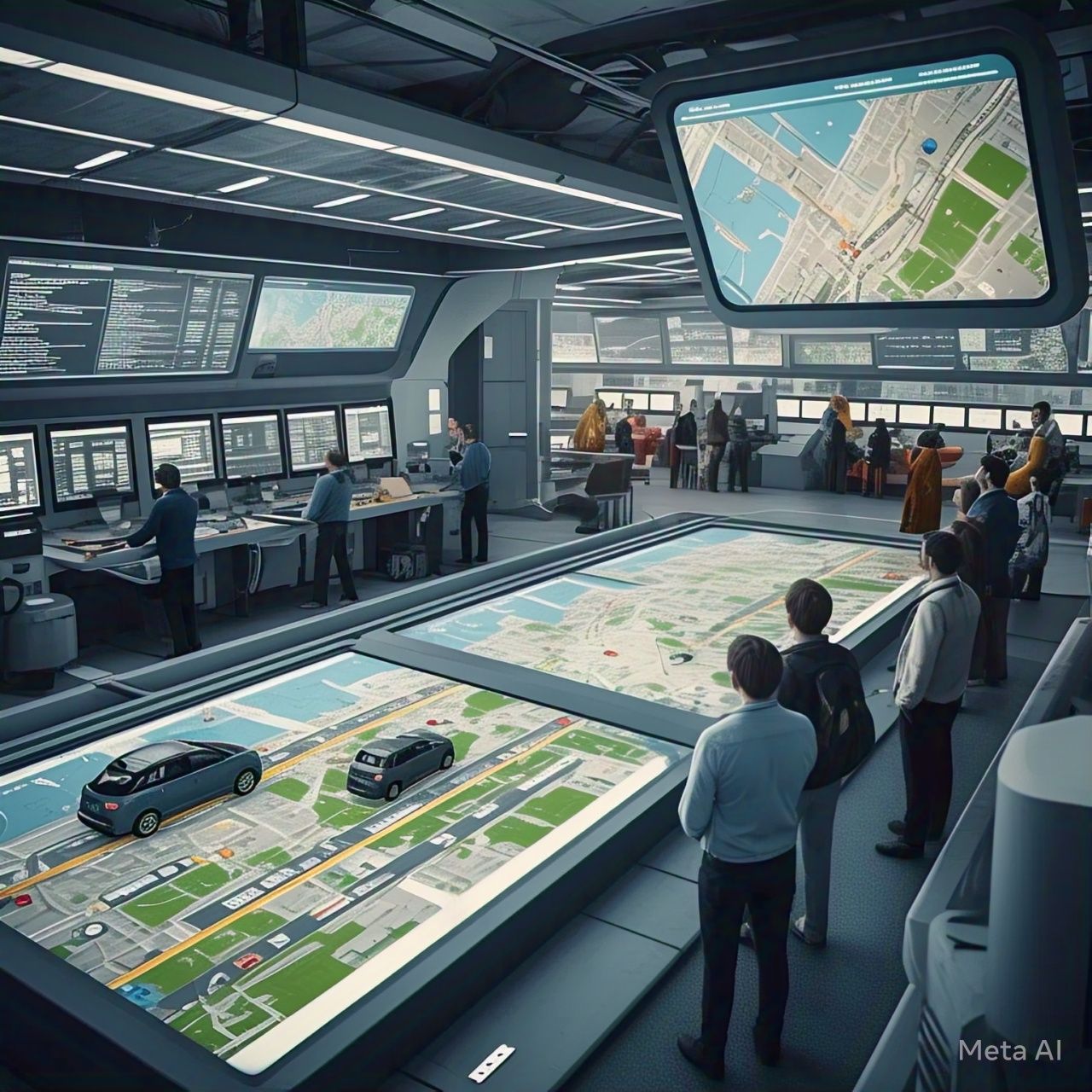Introduction
The architectural landscape is undergoing a profound transformation with the integration of Artificial Intelligence (AI). AI-generated architectural creativity is pushing the boundaries of design, blending human ingenuity with machine learning to create innovative, functional, and aesthetically advanced structures. As AI tools evolve, they are redefining the creative process in architecture, enabling architects to generate unique concepts, optimize materials, and enhance sustainability. This article explores the future of AI-driven architectural creativity and its impact on the industry.
How AI is Transforming Architectural Creativity
1. AI-Powered Generative Design
AI-driven generative design tools, such as Autodesk’s Dreamcatcher and NVIDIA’s GauGAN, allow architects to input design parameters and receive multiple optimized solutions. These tools analyze structural integrity, environmental factors, and aesthetics to propose innovative designs.
Key Benefits:
- Rapid generation of multiple design options.
- AI-driven optimization for sustainability and efficiency.
- Enhanced creativity through data-driven insights.
2. Parametric and Algorithmic Design
AI enhances parametric and algorithmic design by automating complex calculations and simulations. This enables architects to create intricate and futuristic designs that would be challenging to conceive manually.
Key Benefits:
- Precise structural and aesthetic control.
- AI-generated adaptive designs for different environments.
- Reduced material waste through optimized structures.
3. AI-Enhanced Visualization and Rendering
AI is revolutionizing architectural visualization with real-time rendering and immersive virtual reality (VR) experiences. AI-powered software, such as DALL·E and Lumion, generates photorealistic images and interactive 3D models to help clients and architects visualize projects before construction begins.
Key Benefits:
- Faster and more realistic architectural renderings.
- AI-assisted design refinements for better client presentations.
- Enhanced collaboration with real-time AI-generated visual feedback.
4. Sustainability and Smart Material Selection
AI algorithms analyze climate data, material performance, and energy efficiency to recommend sustainable building materials and energy-saving designs. AI can also predict the environmental impact of different materials and suggest greener alternatives.
Key Benefits:
- AI-driven material selection for eco-friendly construction.
- Reduced energy consumption through optimized design solutions.
- Climate-responsive architecture for long-term sustainability.
5. Collaboration Between AI and Human Architects
AI is not replacing architects but enhancing their creative potential. By automating repetitive tasks, AI allows architects to focus on innovative design solutions and human-centric experiences.
Key Benefits:
- AI as a creative assistant rather than a replacement.
- Improved efficiency in design and project execution.
- Enhanced collaboration between architects and technology.
The Future of AI in Architectural Creativity
As AI technology advances, its role in architecture will expand further. Future innovations may include fully AI-generated smart cities, self-learning buildings that adapt to user needs, and deeper integration of AI with 3D printing for on-demand construction.
Conclusion
AI-generated architectural creativity is redefining the way we design and build structures. From generative design to sustainable material selection and immersive visualization, AI is enhancing architectural innovation while maintaining human artistic vision. As AI continues to evolve, the future of architecture will be marked by smarter, more adaptive, and aesthetically groundbreaking designs, shaping the built environment for generations to come.




